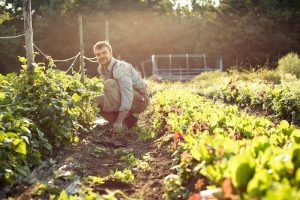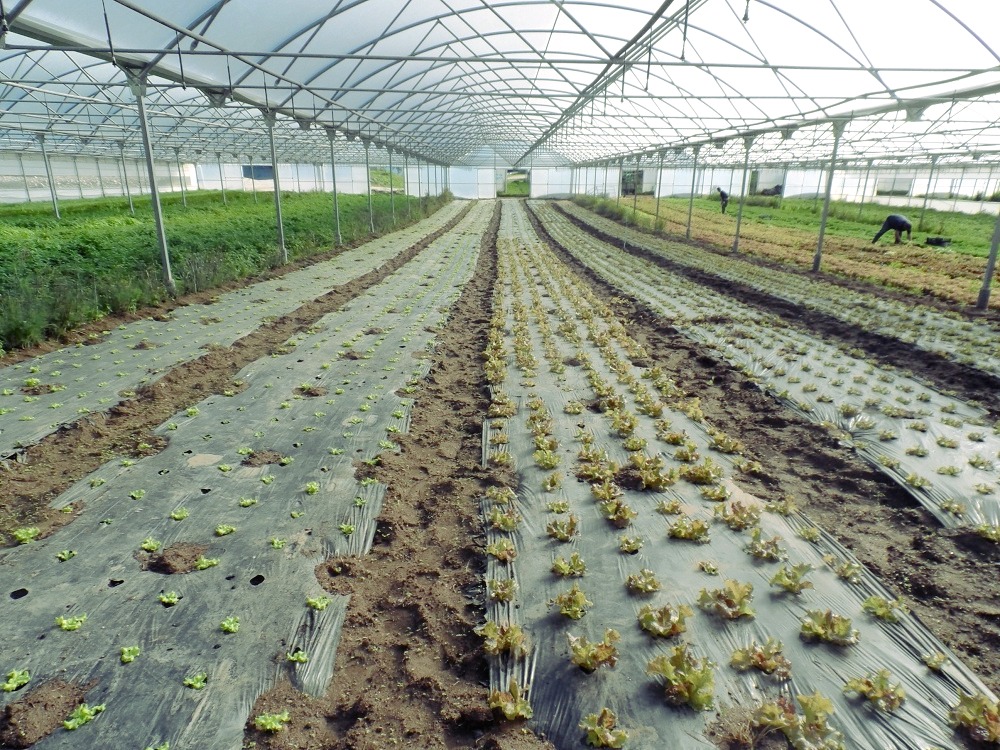The food and health awareness in Canada has been growing in recent years, with a particular focus on how food production and consumption affects the environment. This awareness has led to the stark increase in support for organic food to become the norm. Long-term environmental and personal health is taken into account, and it’s the driving force behind the rise. There is change happening on both the demand and supply sides of the equation, the supply side relying on a variety of techniques to meet the demand.
The tectonic shifts causing techniques of Canadian organic farming
 Farm and farmer filtration: There are a set of standards that organic farms and farmers must follow to qualify for the tag. If the land is used, it must not be used again for three years before organic food can be grown. Every converted field, barn, etc. must have distinct boundaries and buffered run-off areas, so as to prevent neighboring farm from contaminating it and/or the animals that use it. Intermixing of non-organic and organic varieties of crops and animals is prohibited. The farmer must ensure all of this and manage the farm accordingly, maintaining a record of it all, which needs to be certified and exhibited at the point of sale.
Farm and farmer filtration: There are a set of standards that organic farms and farmers must follow to qualify for the tag. If the land is used, it must not be used again for three years before organic food can be grown. Every converted field, barn, etc. must have distinct boundaries and buffered run-off areas, so as to prevent neighboring farm from contaminating it and/or the animals that use it. Intermixing of non-organic and organic varieties of crops and animals is prohibited. The farmer must ensure all of this and manage the farm accordingly, maintaining a record of it all, which needs to be certified and exhibited at the point of sale.- Coddling/cropping the crop-ups: Fertility plays a key role in growth hence it’s managed usually by techniques such as Crop Rotation and inclusion of Cover Crops in-between the main produce. This is done factoring in specific details such as present fertility, changing the climate, nutrition usage/addition, etc. With rare exceptions, only compost as manure is added, and in only the required amount. The timing of the entire process is also carefully followed. Weed is eradicated by a combination of mechanical and cultural techniques such as crop rotation, mulching, flaming, manual extraction, water management, incessant shallow cultivation, cautious use of tillage, natural substances like vinegar and vegetable oils, applying plastic film atop, etc. Some weeds are allowed for improving soil fertility, supporting natural pest-killers, etc. Pest control mostly uses natural predators of pests, as also crop rotation and diversification, timing, variety management, good sanitation and so on. Diseases are handled by many of the techniques stated above, along with the usage of a disease-resistant variety of crops. Maintaining the quality of the local ecology, and as a last resort applying certified substances help bring down the infection.
- Keeping the animal swell: Organic animal husbandry and fishing require complex management techniques. Besides the land requirements of above, their feed is monitored for unwanted substances, shelters are built to their respective physiological needs, preventive measures taken against diseases, and natural remedies if in case, limited and strictly regulated medication, and specific duration and food-based regulations for to-be introduced livestock. Similar regulations apply for slaughter and poultry products.
Innovations in the field are advancing technology mean that these techniques will evolve going ahead, taking us along towards a more sustainable future for us and the world alike.
